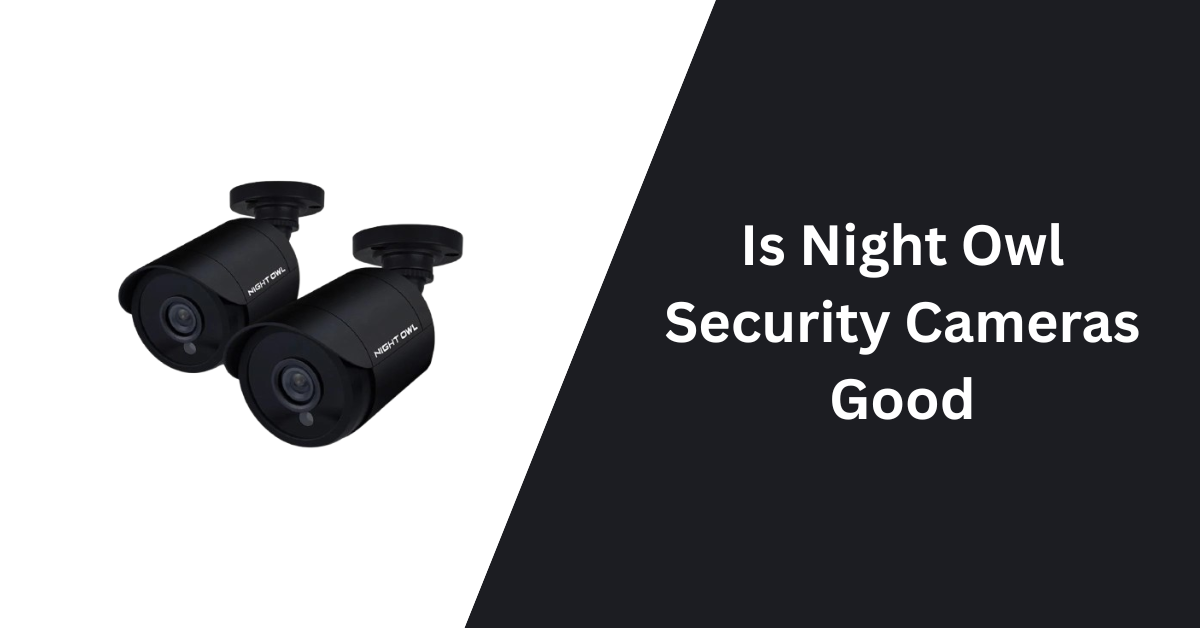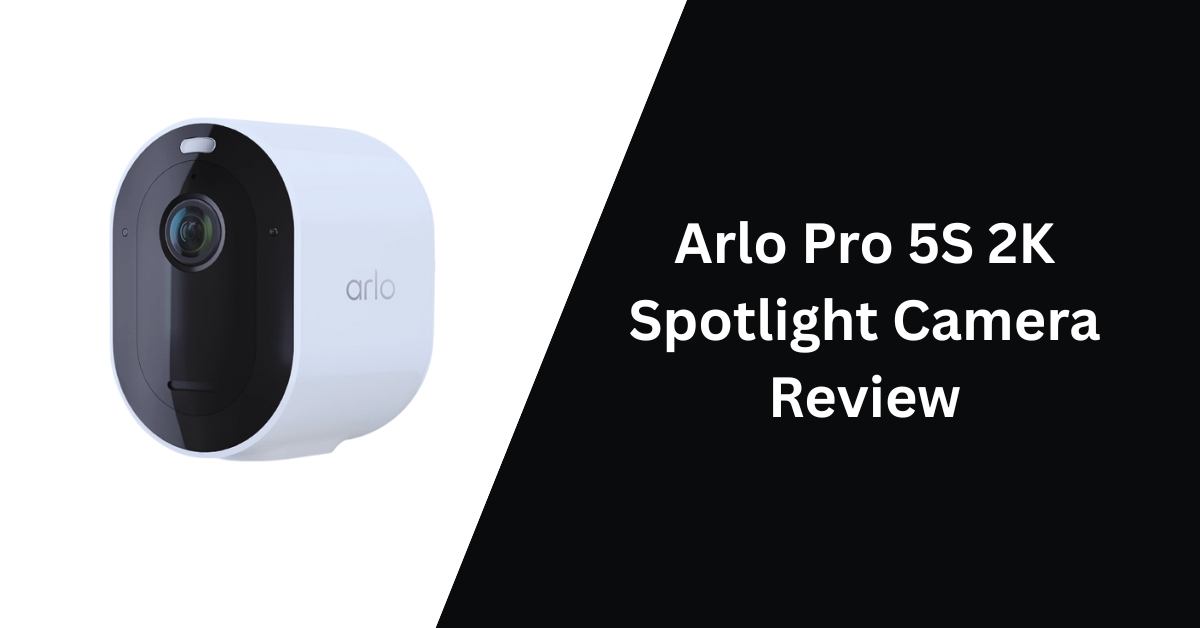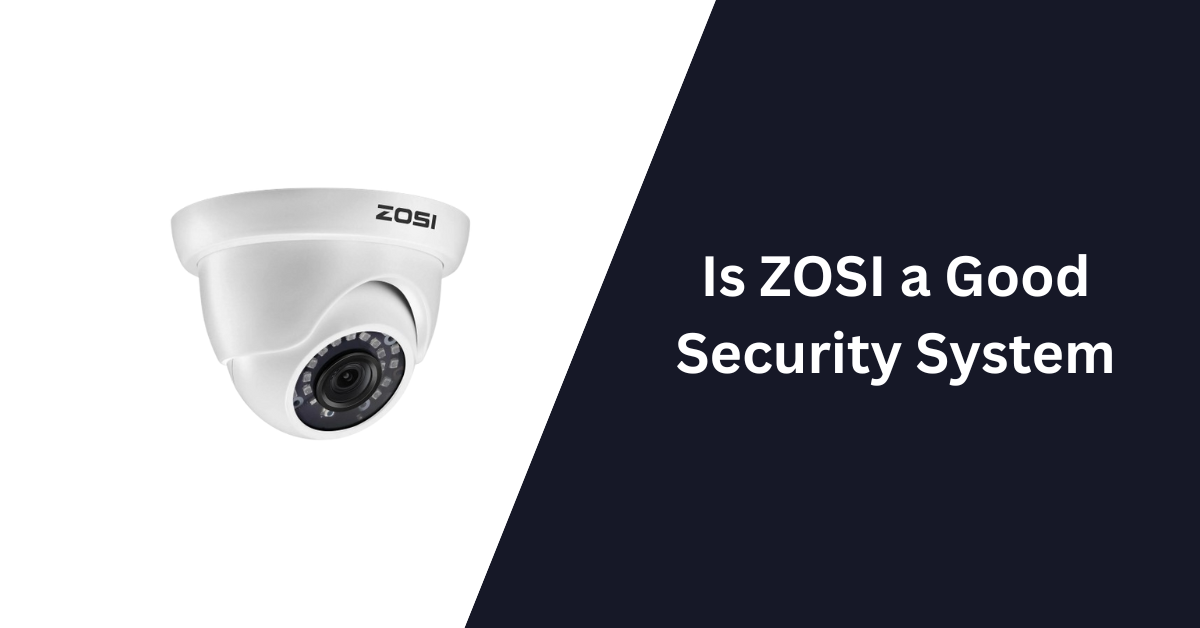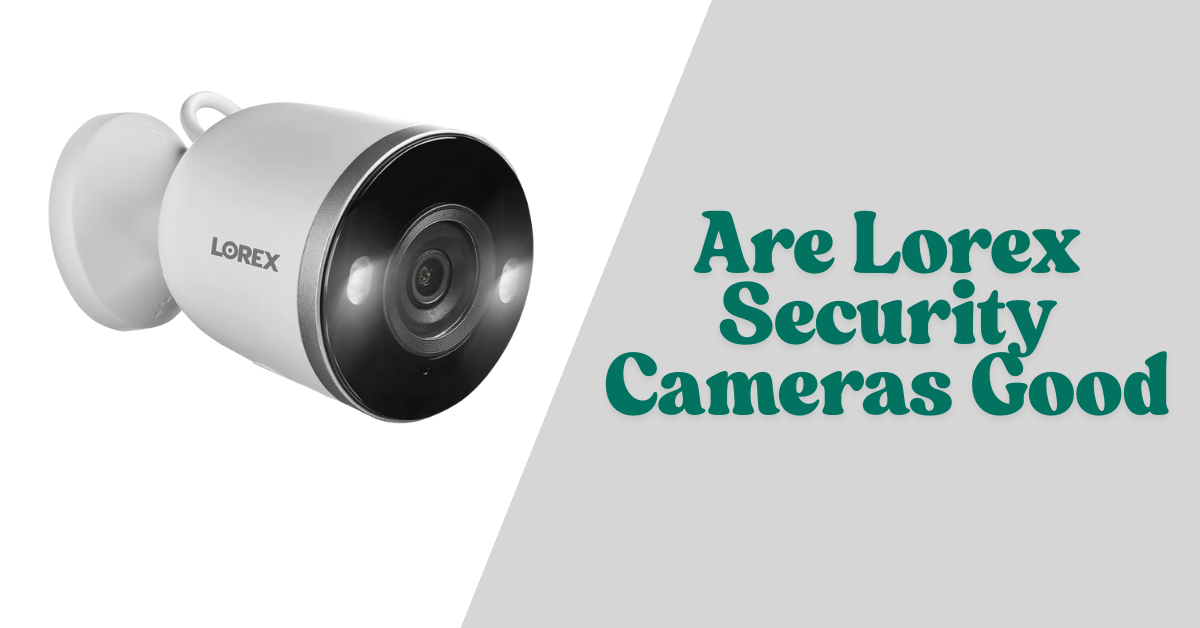Light bulb security cameras have gained popularity as a convenient solution for home surveillance. They provide an inconspicuous way to monitor surroundings without the visual clutter of traditional security cameras. Investing in light bulb security cameras can be worth it for those seeking an affordable and easy-to-install security option.
These devices combine the functionality of a light bulb with video surveillance, making them particularly appealing for homeowners looking to enhance security without major renovations. With features like motion detection and cloud storage, they offer a comprehensive way to keep an eye on home activity.
While they may not replace more robust security systems, light bulb cameras serve as a practical deterrent and monitoring tool. Understanding their benefits and limitations is essential for anyone considering this innovative security solution.
What Are Light Bulb Security Cameras?
Light bulb security cameras combine the functionality of a security camera with the design of a standard light bulb. These devices offer discreet surveillance while maintaining the appearance of traditional lighting fixtures.
Definition and Basic Functionality
Light bulb security cameras are innovative surveillance systems designed to resemble standard light bulbs. They are typically equipped with high-definition cameras and can connect to home Wi-Fi networks for remote monitoring.
These cameras often feature a 360-degree view, enabling users to oversee large areas without blind spots. Basic functionality includes motion detection, night vision, and real-time alerts sent to smartphones. Some models even have two-way audio, allowing communication through the camera.
Types of Light Bulb Security Cameras
Light bulb security cameras come in various types, catering to different needs and preferences.
- Wi-Fi Enabled Cameras: These rely solely on wireless networks for operation, allowing for easy installation without the need for extensive wiring.
- Smart Cameras: Integrated with smart home systems, these can be controlled using mobile apps. They often feature advanced functionalities like cloud storage and AI-driven alerts.
- Wired Options: Though less common, some models use wired connections for consistent power supply and video feed, ensuring reliability.
- Pan-and-Tilt Models: These offer adjustable angles for comprehensive coverage, allowing users to manually or automatically adjust the camera’s view.
Selecting the right type depends on individual security needs and installation preferences.
Pros of Light Bulb Security Cameras
Light bulb security cameras offer multiple benefits that make them an appealing choice for home security. These devices combine surveillance capabilities with practical lighting solutions, enhancing safety and convenience.
Easy Installation
Installation of light bulb security cameras is straightforward. Most models screw into standard light fixtures, requiring no complex wiring or extensive setup.
Users can easily replace existing bulbs to integrate these cameras. This simplicity allows homeowners to set up their surveillance systems without professional help, saving time and costs associated with installation services.
Many models also come with smartphone apps. These applications guide users through the setup process, ensuring a seamless experience from start to finish.
Integrated Lighting
Light bulb security cameras provide dual functionality by serving as both lighting and surveillance systems. They illuminate outdoor spaces while continuously monitoring for potential threats.
This integration removes the need for separate lighting fixtures and cameras. As a result, homeowners save space and reduce clutter around the house.
Additionally, the presence of lights can deter potential intruders. Bright lighting inhibits criminal activity, providing an added layer of security.
Remote Accessibility
Remote accessibility is a significant advantage of light bulb security cameras. Many models connect to Wi-Fi, allowing users to monitor live feeds from anywhere using their smartphones.
This capability enables real-time monitoring of properties. Homeowners can receive alerts about unusual activity, providing peace of mind even when away from home.
Some cameras offer cloud storage options as well. This feature ensures recorded footage is easily accessible for review or to share with authorities if needed.
Motion Detection Features
Most light bulb security cameras come equipped with motion detection features. These systems can differentiate between normal activity and movement that may indicate a potential threat.
Users receive instant notifications on their smartphones when motion is detected. This immediacy allows them to respond promptly to possible security breaches.
Furthermore, advanced models can filter out insignificant movements, such as passing animals or vehicles. This reduces unnecessary alerts and improves the overall user experience.
Cost-Effectiveness
Light bulb security cameras are typically more affordable than traditional security systems. They combine the functionality of a camera and a light source, minimizing overall investment.
The dual purpose also means homeowners save on electricity costs, as one device fulfills two roles. Reduced installation costs further enhance their financial appeal.
Many models offer competitive pricing without sacrificing quality. This accessibility makes advanced security technology available to a broader audience.
Cons of Light Bulb Security Cameras
Light bulb security cameras come with several drawbacks that users should consider. Their effectiveness can be hampered by placement, image quality, privacy issues, and potential durability problems.
Limited Placement Options
Light bulb security cameras require a standard socket to function. This limits their placement to areas that have access to existing light fixtures. In some situations, this may not provide optimal angles for surveillance.
Additionally, the camera’s angle can be constrained by the positioning of the light fixture. If a light socket is in a corner, the camera may only capture a narrow field of view. This limitation can hinder comprehensive monitoring of an area.
Users who want a versatile security setup may find traditional cameras more accommodating. Fixed positions can also limit the effectiveness in monitoring different zones as needed.
Resolution and Image Quality Considerations
The resolution of light bulb cameras often does not match that of standalone security cameras. Many models provide lower-quality images, which can make identifying faces or details challenging.
The image quality can be particularly poor in low-light conditions, despite being a light bulb. This compromises their main purpose of providing security at night. Users may find themselves unable to rely on these cameras for crucial evidence during incidents.
Furthermore, some models may experience latency or buffering issues, affecting real-time viewing. This can make immediate responses to security breaches less effective.
Privacy Concerns
Using light bulb security cameras can raise significant privacy issues. Since they are designed to be in public and private spaces, unauthorized access to camera feeds can occur if not properly secured.
The presence of a camera can also create discomfort for visitors or household members who may feel monitored. This can lead to tensions, especially in shared living environments.
It is critical for users to ensure they implement strong security measures, such as encryption and password protection. Failure to do so can expose them to data breaches and unauthorized surveillance.
Durability and Lifespan Issues
Light bulb security cameras often face durability challenges compared to traditional options. Being part light fixture, they may be exposed to heat, moisture, or vibrations that can affect their lifespan.
Inconsistent manufacturing quality can lead to some units failing prematurely. The average lifespan may not meet user expectations when compared to more robust security systems.
Replacement can also be cumbersome if the camera fails, as it may require replacing the entire fixture. This can lead to unexpected costs and inconvenience for the user aiming to maintain their security system.
Key Performance Metrics
The effectiveness of light bulb security cameras hinges on several critical performance metrics. These metrics help gauge their reliability and suitability for various security needs.
Field of View
The field of view (FOV) is crucial for determining how much area the camera can monitor. Most light bulb security cameras offer a FOV ranging from 90 to 170 degrees. A wider angle allows for broader surveillance, which is beneficial for outdoor areas, while a tighter angle may suffice for smaller spaces.
A camera with a FOV of 120 degrees or more is typically recommended for effective perimeter monitoring. Some models may feature adjustable lenses, offering flexibility for various installation environments. Users should consider the installation height and position, as these factors can impact the actual area covered.
Connectivity and Compatibility
Connectivity type is vital for the performance of light bulb security cameras. Wi-Fi-enabled devices are common, allowing for easy access via smartphones and tablets. Many cameras support both 2.4GHz and 5GHz bands, providing options based on network congestion.
Compatibility with smart home ecosystems like Amazon Alexa or Google Assistant enhances usability. Users should consider whether the camera integrates well with existing devices, as this can improve overall functionality. Ensure the app interface is user-friendly to facilitate seamless operation and monitoring.
Storage Options
Storage options determine how footage is archived and accessed. Most light bulb security cameras either use cloud storage or local storage options like microSD cards. Cloud storage often involves subscription fees but offers remote access and automatic backups.
Local storage may have limited capacity, but it avoids recurring costs. Users should evaluate how long footage needs to be retained, as this impacts storage requirements. Some cameras provide both options, giving flexibility based on user preferences and budget.
Power Supply Reliability
Reliability of the power supply affects the camera’s functionality. Light bulb security cameras typically utilize standard light bulb sockets for power. This eliminates the need for separate power sources, making installation more straightforward.
Users should ensure the light bulb socket is stable and suitable for continuous use. Backup battery options may also be available for some models, providing additional reliability in outages. Assessing the power requirements is essential to prevent interruptions in monitoring capabilities.
Installation and Setup Process
The installation and setup of light bulb security cameras involve several essential steps. Users must configure the cameras correctly to ensure optimal function and maintain them for long-term use.
Initial Configuration
To begin the installation, users should first select an appropriate location for the light bulb camera. Placement should allow for a clear view of the area’s target zone while ensuring the bulb socket is accessible.
Next, users must screw the camera into a compatible light socket. It is important to power off the existing light circuit before installation to avoid any electrical issues. After securing the camera, users will typically need to download the manufacturer’s app, which guides through initial setup.
Following app installation, users can connect the camera to their Wi-Fi network. Entering the network credentials should establish a secure connection. Once connected, users may adjust settings, including motion sensitivity, alerts, and recording schedules.
Ongoing Maintenance
Regular maintenance is crucial for optimal camera performance. Users should consistently check the camera lens for dirt or obstruction, as this can hinder image clarity. Cleaning the lens with a soft cloth can help maintain visibility.
Updating the camera firmware is also essential. Manufacturers often release updates that improve performance and security. Users can enable automatic updates through the app or check manually.
Additionally, monitoring the camera’s connection to Wi-Fi is important. Weak signals can lead to interruptions in video streaming. If issues arise, users may need to relocate the camera or improve their network coverage. Regularly reviewing app settings ensures that users utilize all features effectively.
Comparing Brands and Models
When evaluating light bulb security cameras, it’s essential to look at consumer feedback, key features, and available warranty or support services. These aspects can significantly influence the decision-making process for potential buyers.
Consumer Reviews and Ratings
Consumer reviews provide valuable insights into the user experience with various light bulb security cameras. Some of the well-known brands include Ring, Sengled, and Wyze.
- Ring often receives high marks for its ease of installation and integration with other Ring devices.
- Sengled is praised for its affordability and solid performance, especially in low-light conditions.
- Wyze tends to attract attention for its cost-effectiveness and decent video quality.
Ratings on platforms like Amazon and Best Buy can highlight common issues, such as connectivity problems or app performance. Checking multiple sources ensures a comprehensive view.
Feature Comparison
Different brands offer a range of features that can vary significantly. Key features to compare include video quality, storage options, and motion detection capabilities.
| Feature | Ring | Sengled | Wyze |
|---|---|---|---|
| Video Resolution | 1080p | 1080p | 1080p |
| Storage Options | Cloud subscription only | Local storage available | Free cloud storage up to 14 days |
| Motion Detection | Advanced with alerts | Standard detection | Intelligent detection |
Understanding these features helps users identify which model suits their specific needs, whether it’s indoor or outdoor use.
Warranty and Support Services
Warranty terms and support services vary across brands, influencing user satisfaction. Many customers consider this when making a purchase.
- Ring typically offers a one-year warranty, with responsive customer support via chat and phone.
- Sengled provides a similar warranty but may not offer as extensive direct support options.
- Wyze has a one-year warranty and is known for its active community forums, where users can find solutions and tips.
Potential buyers should read the fine print on warranties and reviews regarding customer service, as this can affect future experiences.
Hi, I’m Leonard and I have a strong interest in home security. I use many different security cameras and enjoy sharing my experiences through simple, helpful articles. My goal is to help others find the right security camera solutions to keep their homes safe.



